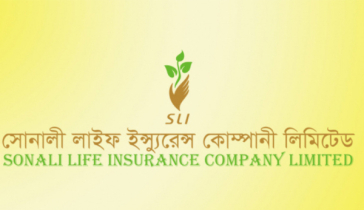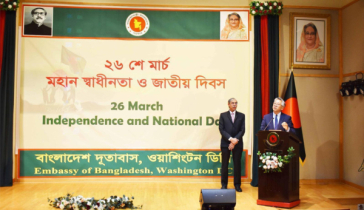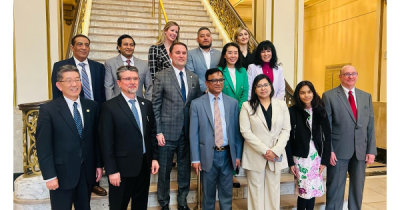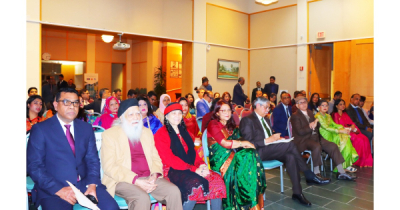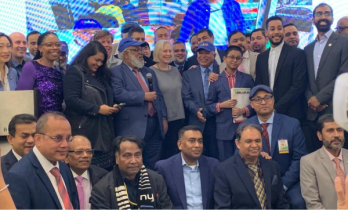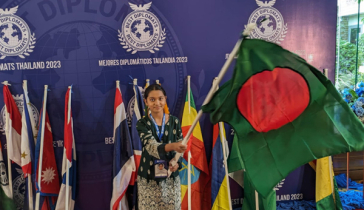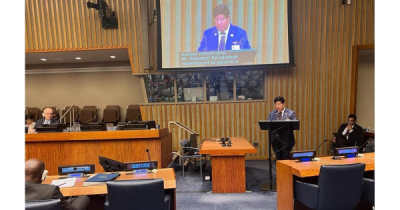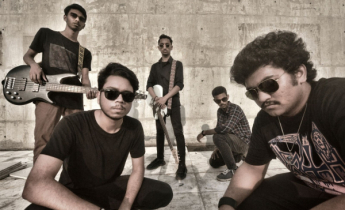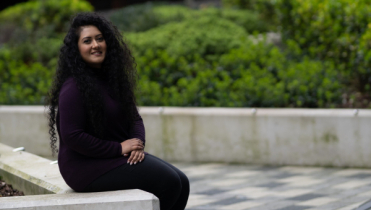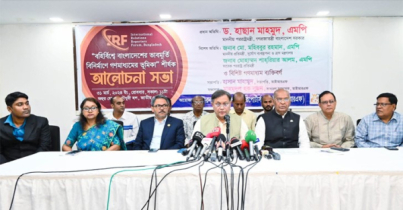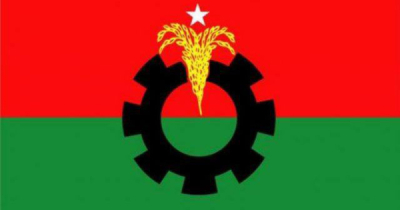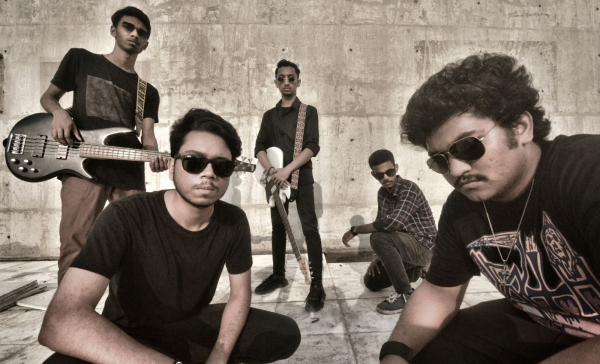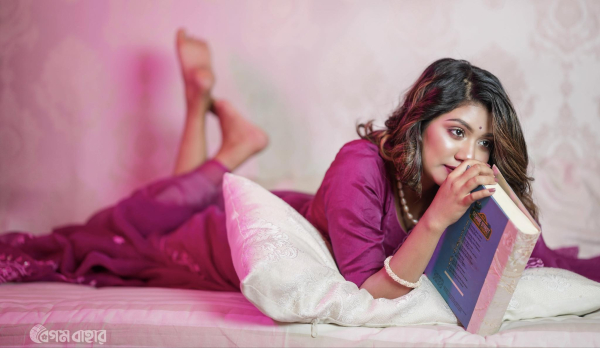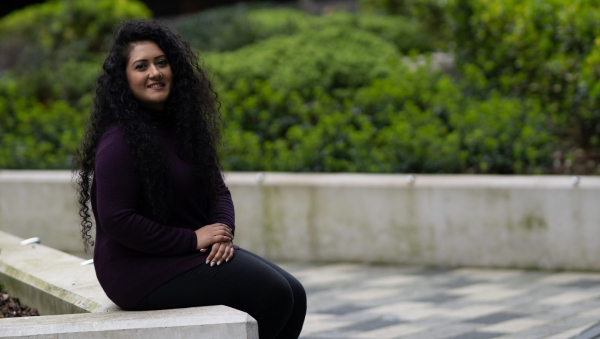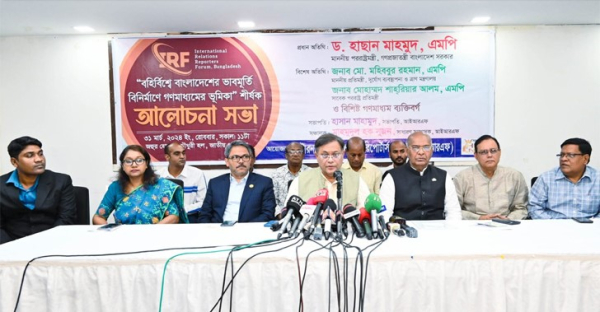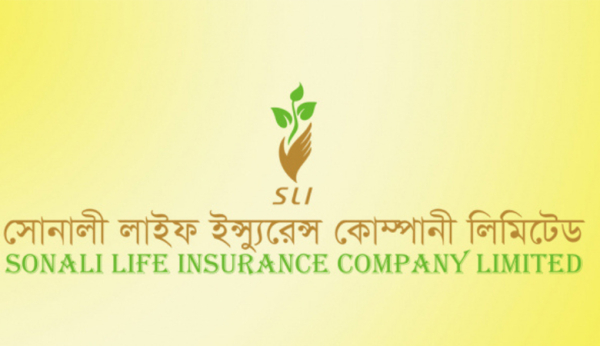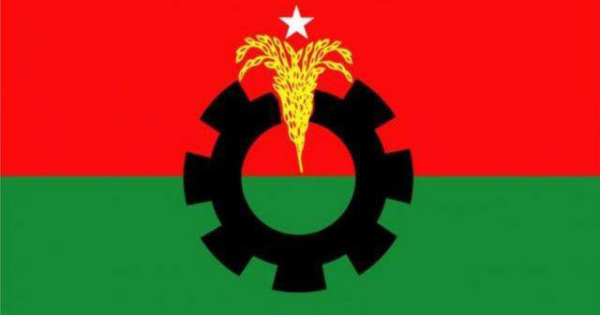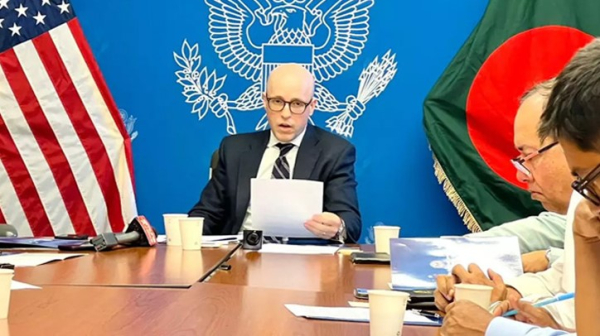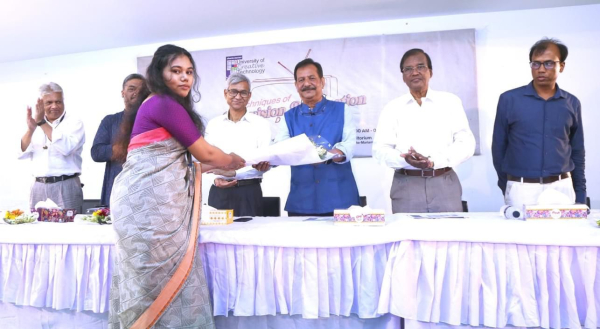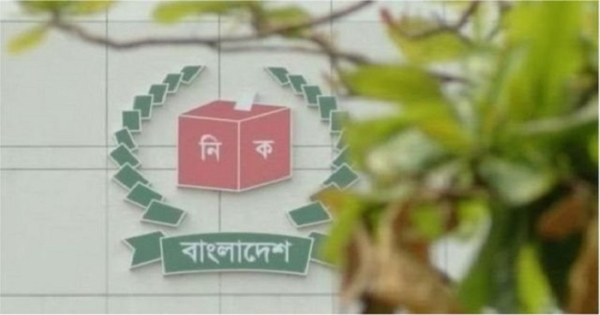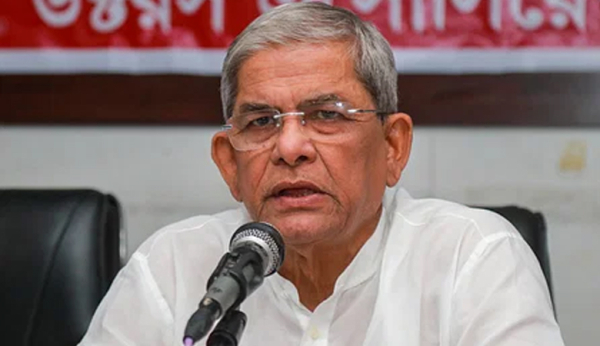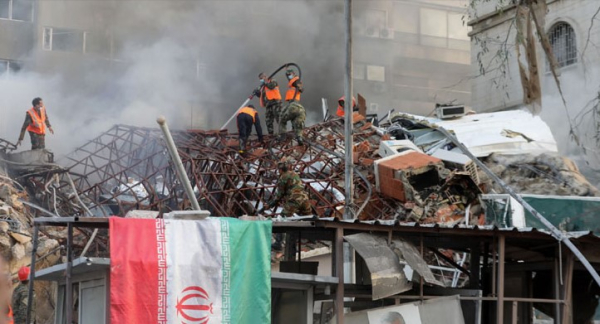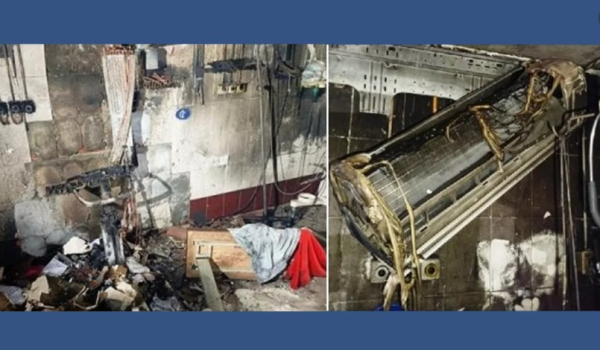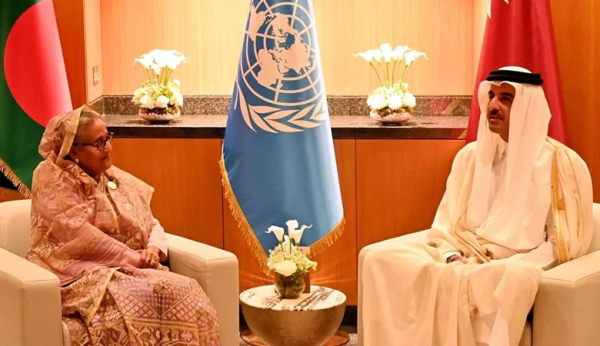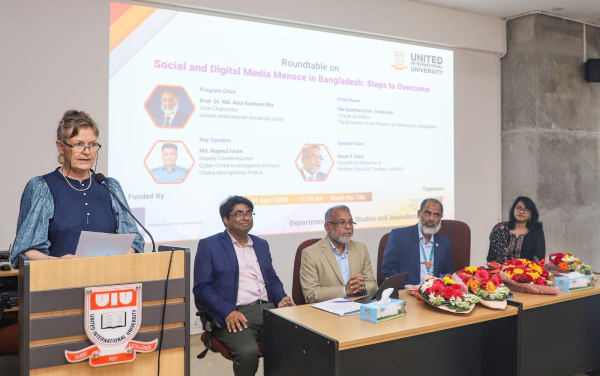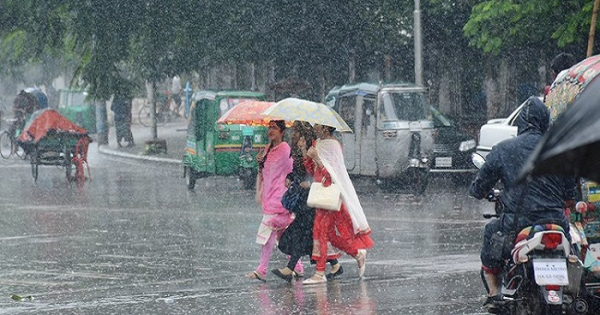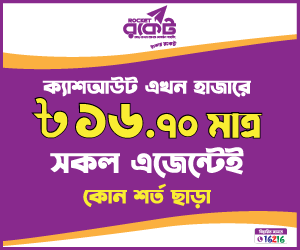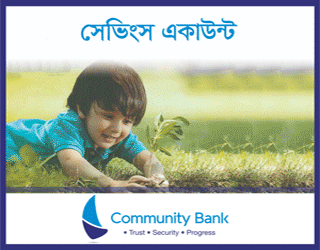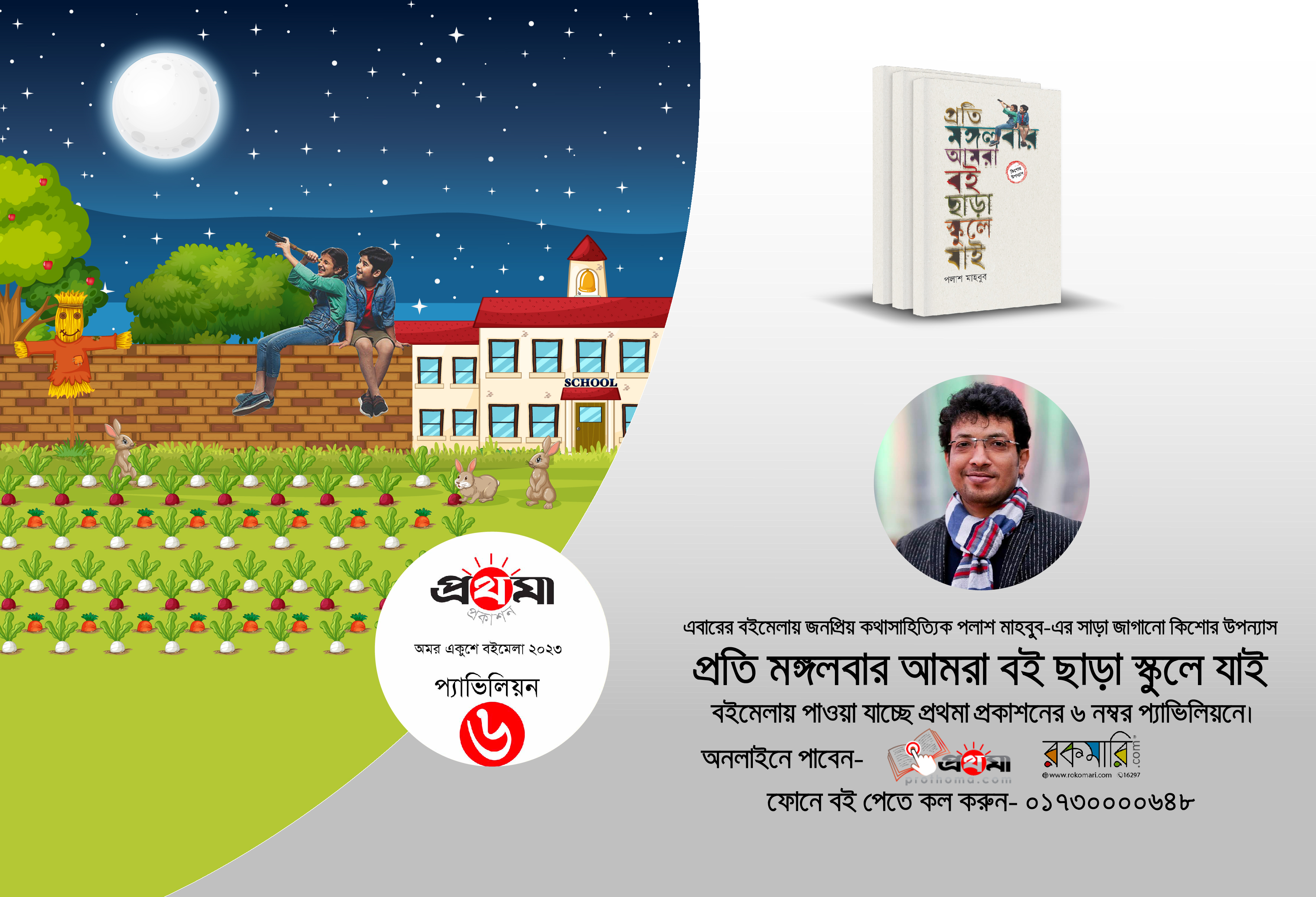Study finds
Lockdown severely disrupts livelihood among vulnerable population
Study finds
Lockdown severely disrupts livelihood among vulnerable population
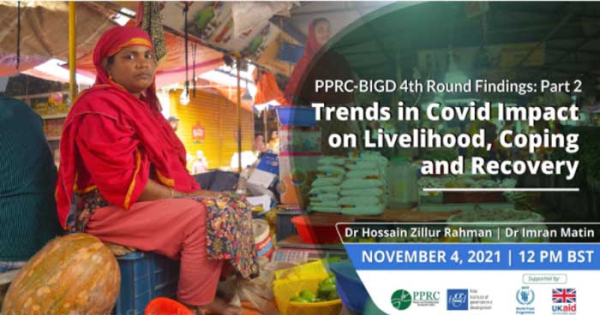 |
The livelihood of the urban slum and rural households in Bangladesh was gradually recovering since it was severely hit by the first lockdown in April 2020, but the latest lockdown has reversed the recovery trend—finds the fourth round of the livelihoods survey, a joint initiative of BRAC Institute of Governance and Development (BIGD), and Power and Participation Research Centre (PPRC).
The fourth round was conducted in August with 4,872 households in rural areas and urban slums. The previous three rounds were conducted in April and June 2020, and March 2021.
The survey found that income dropped by 18% in slums and 15% in villages from the levels in March this year, signaling a new reversal in the recovery trend. While majority agreed that the latest lockdown was a good decision, almost half mentioned the livelihoods crisis the lockdown brought for them. More than two-thirds, mostly poorer people with lower education levels, said that they could not find enough work. Forty-five per cent of households received some relief during the first lockdown, the rate was only 23% this time.
As a result, the livelihoods recovery has reversed, and in August, average income was 23% lower than pre-covid level, with lesser reversal in villages (12% lower than the pre-COVID level) and higher reversal in urban slums (30% lower than pre-covid level). Ten per cent of those who were employed before the pandemic were still not engaged in any income-generating activities.
Income and employment uncertainties over 18 months gave rise to several vulnerabilities. Many have switched occupations, often finding whatever they could for survival, creating a risk of shifting to worse jobs. For example, 17% of skilled workers, e.g., electricians, had to take on jobs as unskilled workers, e.g., day labourers. Outstanding debt has been increasing consistently over the pandemic, from 13% of average yearly household income just before the pandemic (in February 2020) to 28% in August 2021. Majority of the households are not consuming any meat, milk, or fruit, and per capita food expenditure is still much below the pre-Covid level; for vulnerable populations, especially children, this can have grave long-term consequences. Most likely to avoid the high living cost in cities, 10% of slum dwellers moved back to villages or cheaper cities and have not come back. All these factors can have a long-term impact on the livelihoods of the affected families.
Of the surveyed households, the within-sample poverty rate remains 17 percentage points higher than the pre-COVID level. The situation remains much worse in urban slums where 77% of the surveyed households were poor in terms of daily income, a rate 22 percentage points higher than that of pre-COVID level.
Rural and urban slum households who were vulnerable non-poor before COVID—income above the upper poverty line but below the median national income—remains to be the most affected population group; two-thirds of the households in this group were in poverty as of August. These households are identified as the 'new poor' population of Bangladesh. Based on these findings, an estimated 19.5% of the national population belong to the 'new poor' group as of August, five percentage points higher than the estimated rate in March 2021.
What's more? Many of the 'new poor' households seem to have fallen into longer-term poverty. At least 29% of the households with income above the poverty line in the sample became poor as soon as the pandemic hit and could not manage to get out of poverty since then. This is grave news as longer-term poverty can erode the resilience of these families and put them in a poverty trap.
“We need to unpack recovery and resilience. We find that the mechanisms of recovery and resilience adopted by many, especially the new poor is what we call ‘distressed’ and has the risk of deepening long term poverty and vulnerabilities. We need to pay urgent attention to these regressive reversals”, said Dr Imran Matin.
Dr Hossain Zillur Rahman stressed “Threat of new infection waves remains real. Without an integrated approach combining health, administrative and economic policies, recovery disruptions cannot be minimized. Covid response fundamentally is also a question of social justice. We cannot simply leave the less well-off groups to fend for themselves with token or no policy support. Scaled-up urban social protection, budgetary action plan for CSME recovery, macro policy steps to address rising cost burdens of healthcare, education, transport and utilities, and ramping up vaccination and awareness are immediate priorities”.
These findings were shared in a BIGD-PPRC webinar on Thursday, November 4.

আরও পড়ুন

জনপ্রিয়
- Harvard professor to join McWeadon-Faith Bangladesh Webinar on e-learning
- Bangladeshi-American to be first South Asian Lt Commander in NYPD
- Maria Howlader made new Chair of SAFA Women Leadership Committee
- Intl Girls in ICT Day
Virtual roundtable on Accelerating Digital Inclusion for Girls held - JMI brings first Bangladeshi-branded KN95 masks
- Professor Zahir receives `Most Outstanding Professor’ Award
- C-BED Programme Launched in Bangladesh
- Foreign ministry issues 8-pnt statement over Rohingya relocation
- Vitol’s trades cause LNG prices soaring, BD affected
- Symphony launches new Smartphone Symphony Z30 Pro



